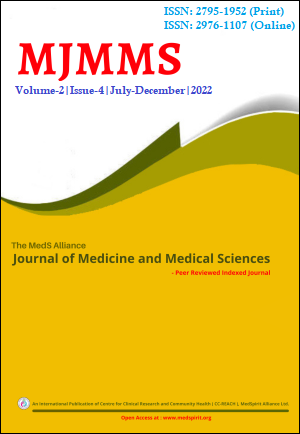Brandt-Daroff Exercise versus Standard Technique on Symptoms Experienced by Patients with Benign Paroxysmal Positional Vertigo in a tertiary Care hospital: A Comparative Study
DOI:
https://doi.org/10.3126/mjmms.v2i4.53674Keywords:
BPPV, Brandt-Daroff exercise, Effectiveness, Standard techniqueAbstract
INTRODUCTION: Benign paroxysmal positional vertigo (BPPV) is one of the most common causes of vertigo. It’s considered to be the most common cause of vertigo among the elderly, since 30% of the people reported to have suffered from it at least once in their lifetime.Several studies have indicated that physical therapy, including rehabilitative exercises and physical maneuvers, is an effective treatment for BPPV. Therefore, the objectives of the study was designed to compare Brandt-Daroff exercise versus standardized technique on symptoms experienced by patients with Benign paroxysmal positional vertigo (BPPV) in a selected hospital of Bangalore, India. MATERIALS AND METHODS: The post-test only group design was adopted for this study. The setting was ENT OPD of St. John’s Medical College Hospital. A sample of 20 BPPV patients in each Group 1 and Group 2 were taken using purposive sampling technique. A dizziness handicap inventory scale, a visual analogue scale and a checklist was used to assess the symptoms of patients with BPPV. RESULTS: Median score of dizziness in group 1 was 37 and in group 2 was 16, the obtained Mann Whitney value was 13, which is statistically significant at p<0.001. Likewise, median score for nausea in group 1 was 3 and in group 2 was 0, the obtained Mann Whitney value was 108.5 which is statistically significant at p<0.0001. Further, finding depicts that there was no statistically significant difference of vomiting between group 1 and group 2. CONCLUSIONS: there was a substantial difference in the degree of nausea and dizziness between groups 1 and 2. Group 1 had higher median scores for nausea and dizziness when compared to group 2. However, the frequency of vomiting did not differ substantially between the two groups.
Downloads
Downloads
Published
How to Cite
Issue
Section
License

This work is licensed under a Creative Commons Attribution-NonCommercial 4.0 International License.




